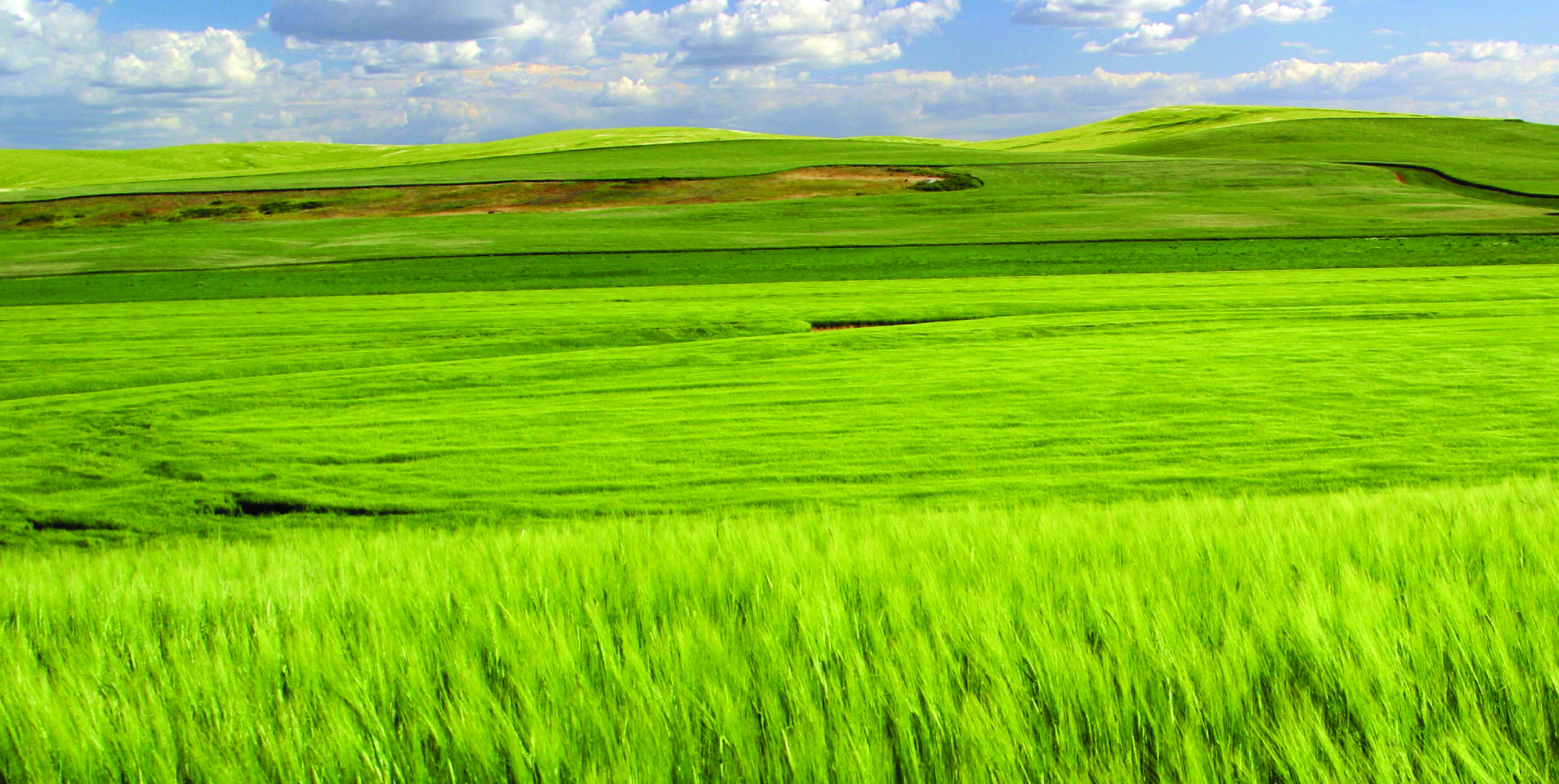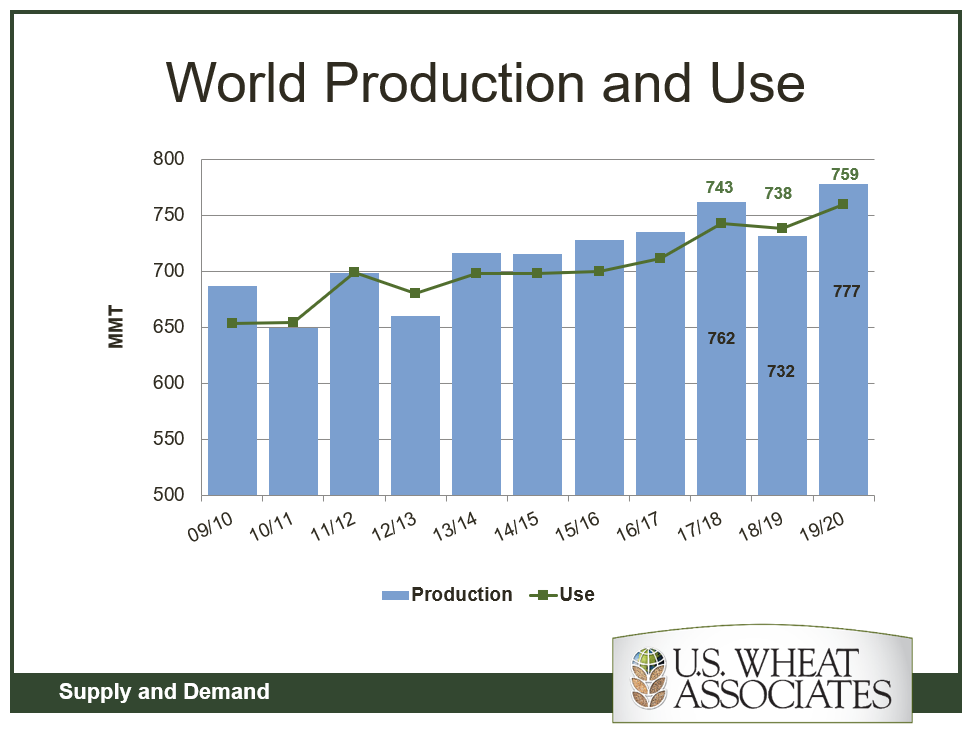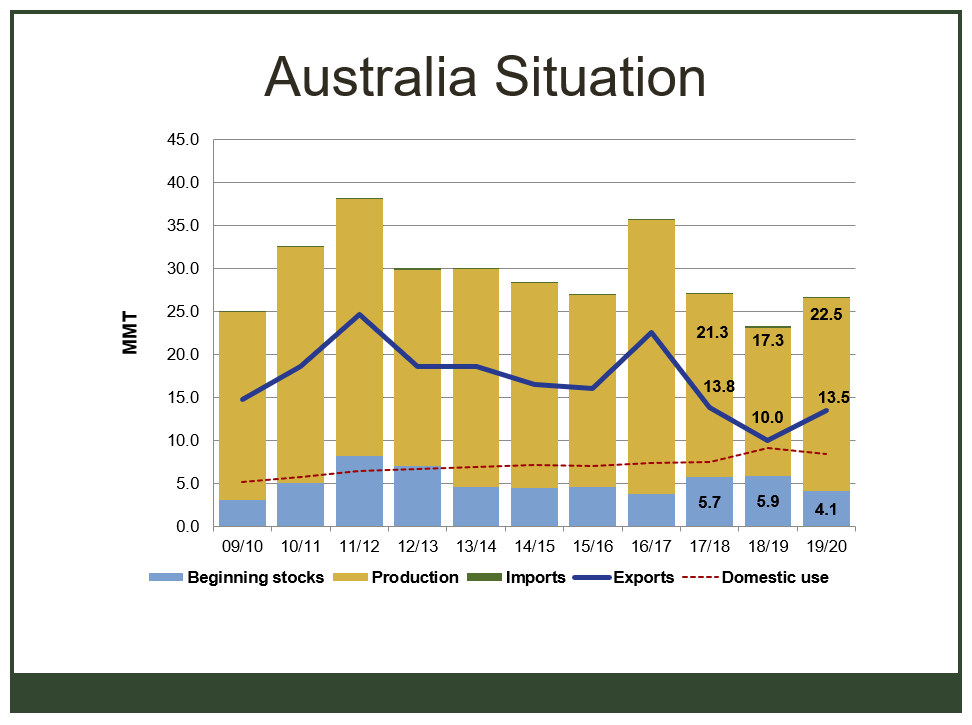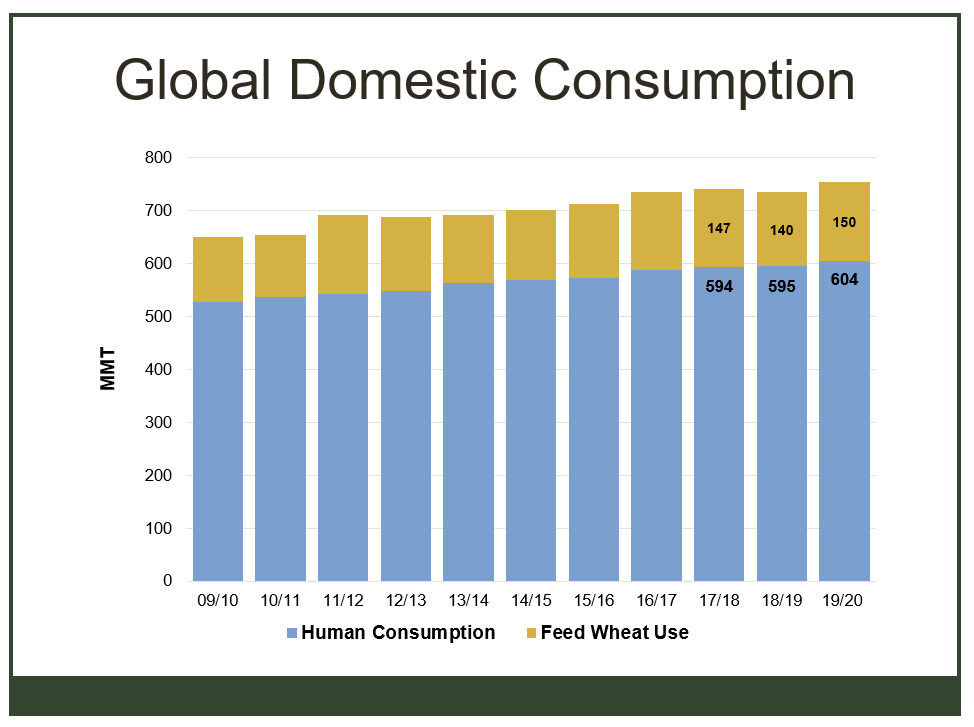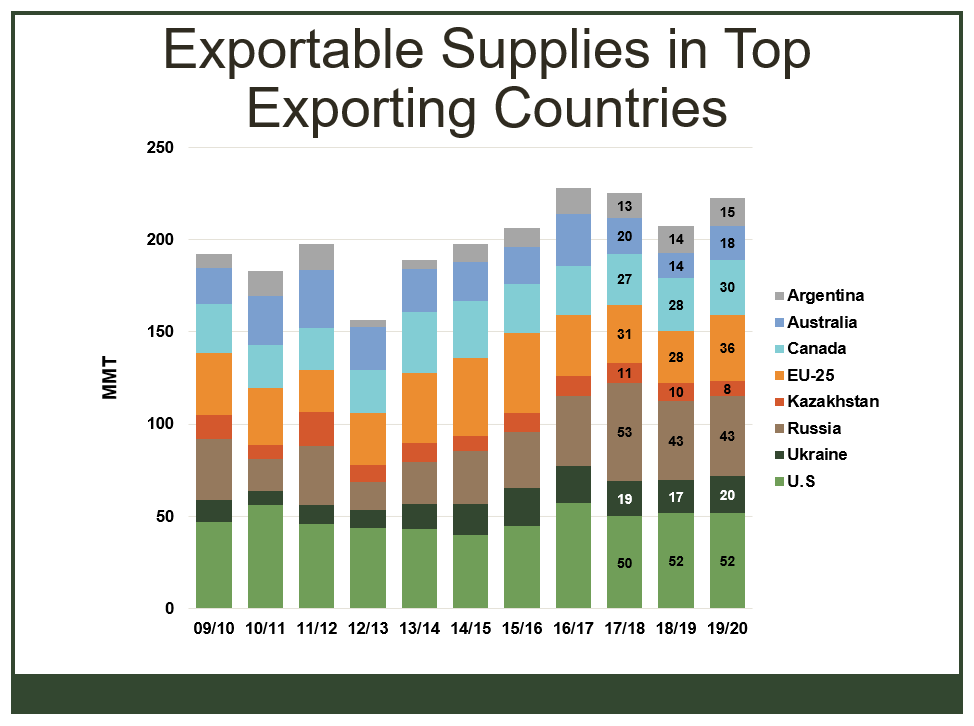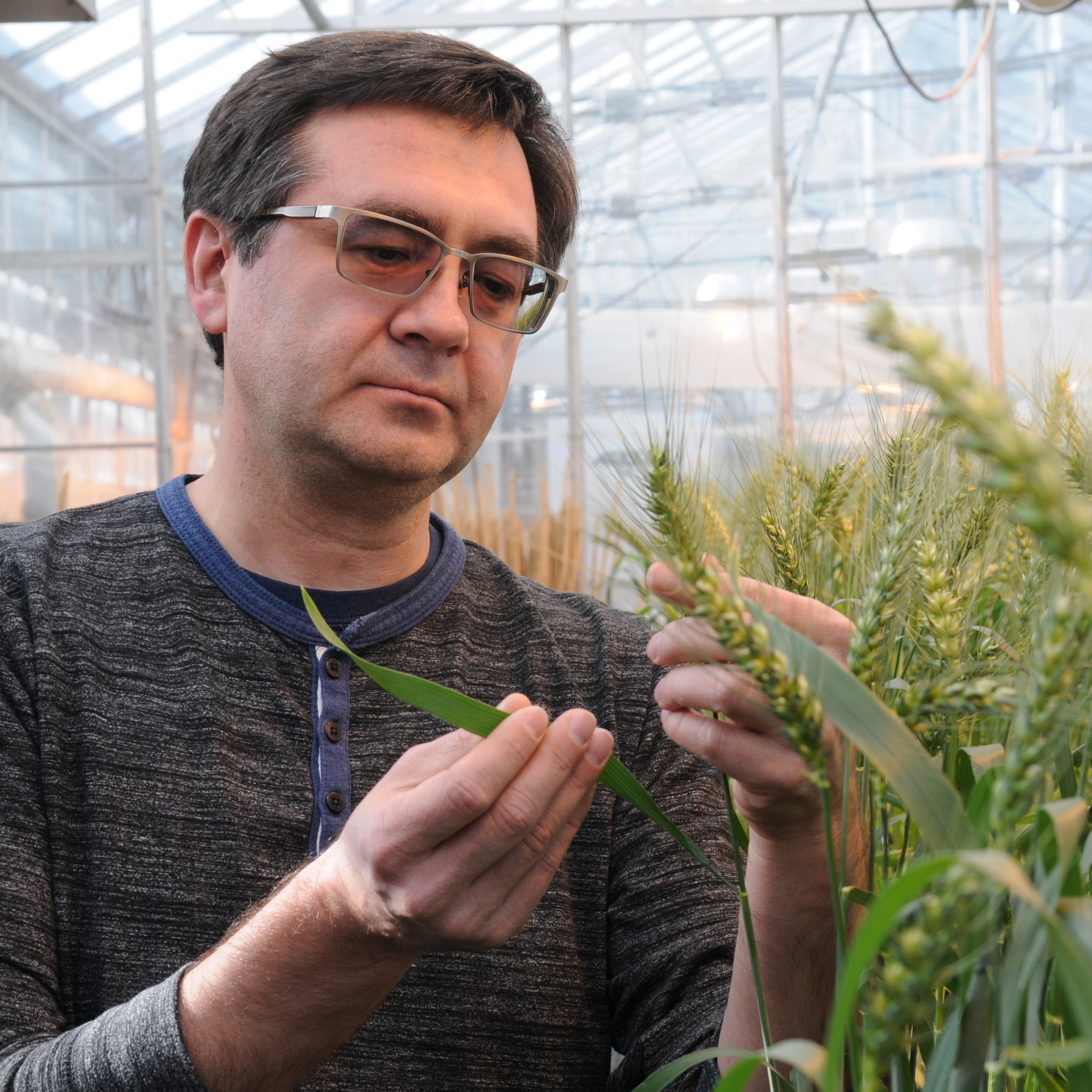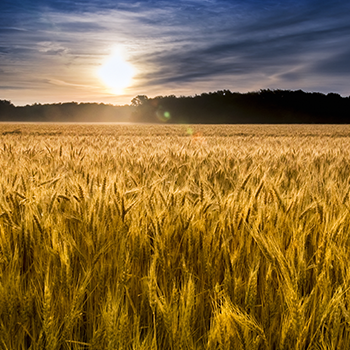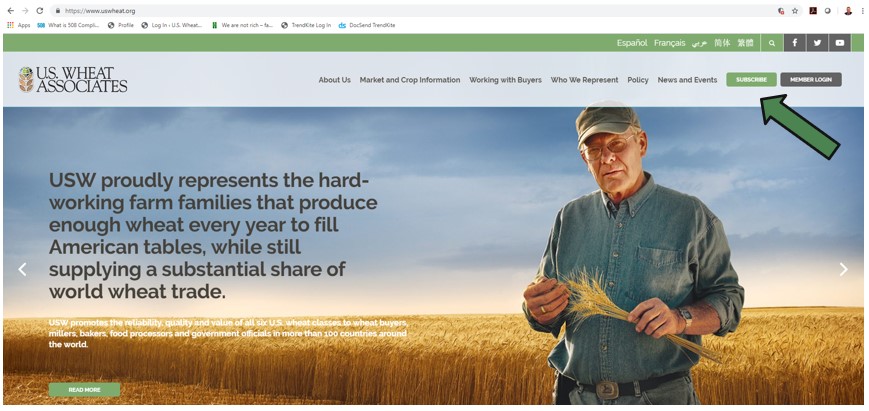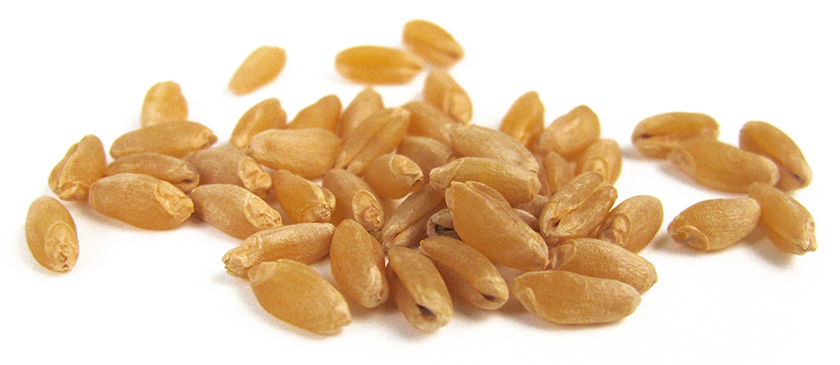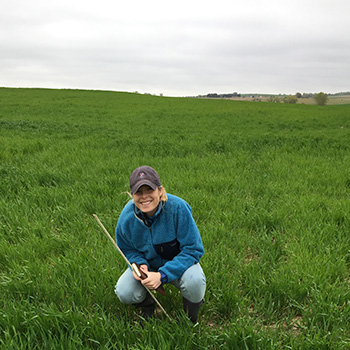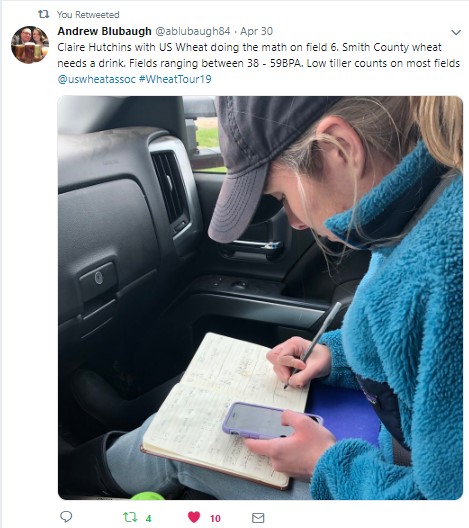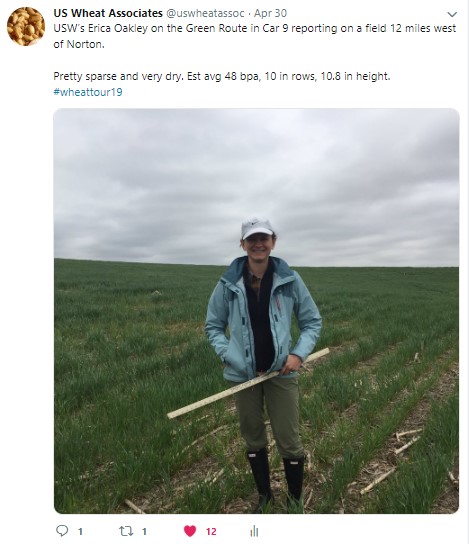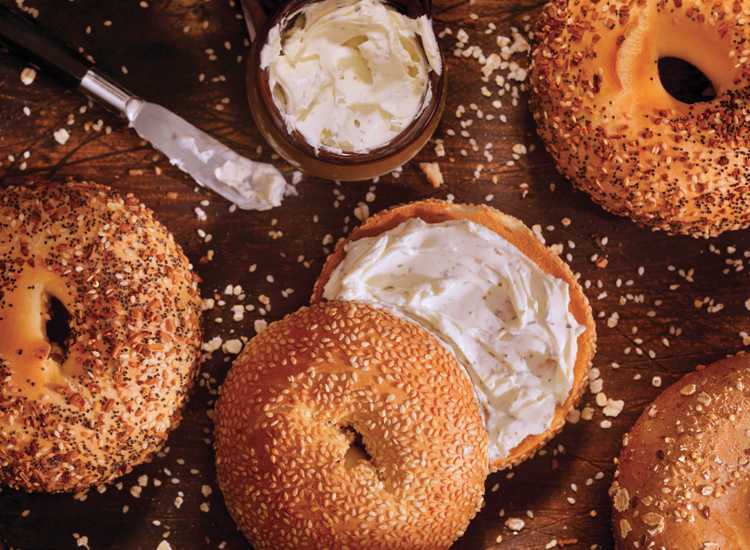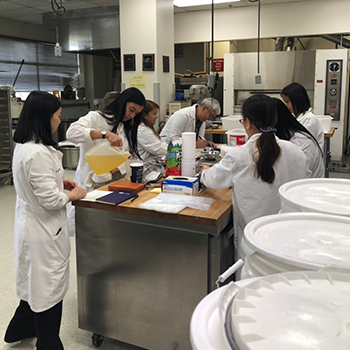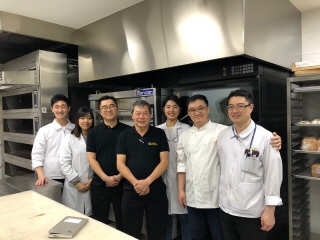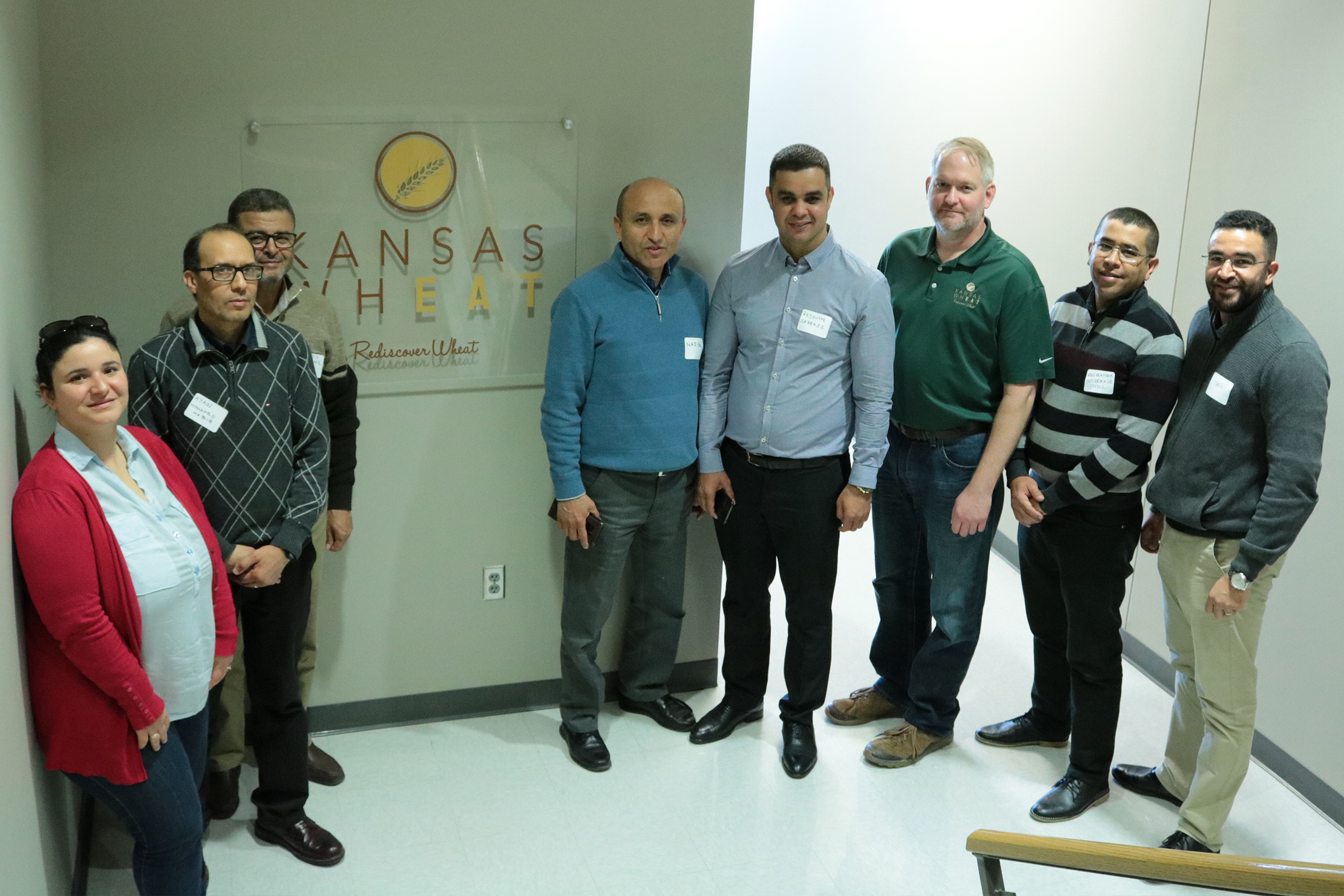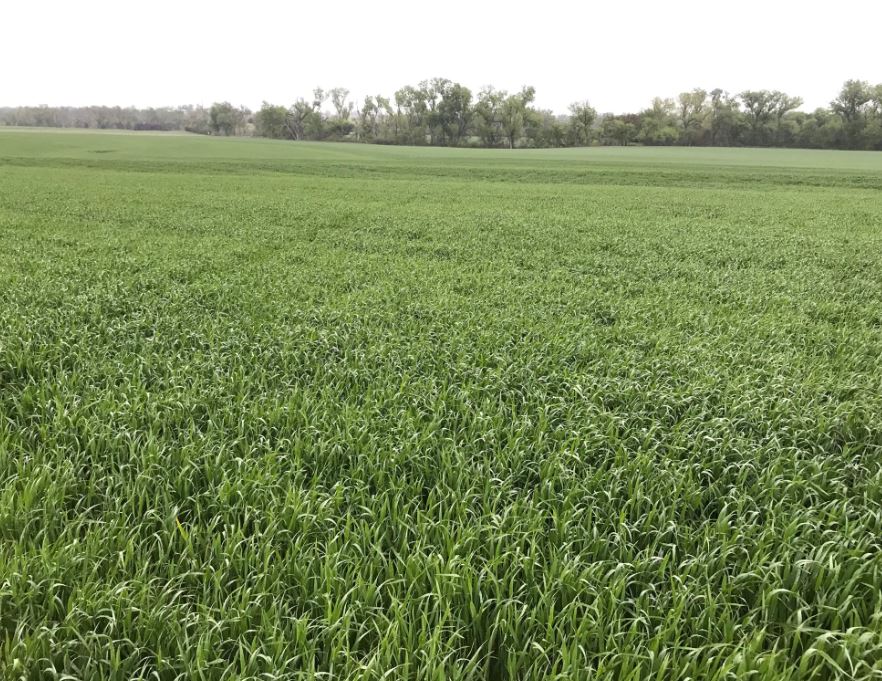Name: Carlos Marcelo Mitre Dieste
Title: Technical Specialist
Office: USW Mexican, Central American and Caribbean Regional Office, Mexico City
Providing Service to: Barbados, Belize, Costa Rica, Cuba, Dominican Republic, El Salvador, Guatemala, Guyana, Haiti, Honduras, Jamaica, Leeward-Windward Islands, Mexico, Nicaragua, Panama, Suriname, Trinidad-Tobago, Venezuela
Regional Profile: The combination of economic growth, consolidation, increasing urbanization, and a steadily growing population is a catalyst for rising wheat food product consumption in this region. For example, the evolution of franchising, fast foods, convenience stores, snack foods, dual-income households, and more demanding consumers has led to the establishment of new products, better quality, more uniform standards, and a larger overall market for bread but also for Asian-style noodles, cookies, crackers, and pasta. Given the quality and diversity of U.S. wheat supplies and the comparative geographic advantages, USW’s focus on increased technical service and assistance is paying dividends as the region’s demand for wheat continues to grow.
Growing up in Mexico City and Monterrey, Mexico, young Marcelo Mitre’s experiments in his family kitchen firmly established his interest in food and, eventually, a career in the science of food production.
“I have always loved to eat, and as a kid, I would try to make every recipe I saw in newspapers or on TV shows, and my Mom has many funny stories about my early attempts in the kitchen,” Marcelo said. “But eventually, I was making cakes at home and selling them at my high school.”
Although he wanted to continue exploring his interest, Marcelo did not initially see options to do professional studies in the food sector, so he enrolled as a Marketing major at Instituto Tecnológico y de Estudios Superiores de Monterrey (ITESM).
“Then, during a function at school near the end of my first semester, I bumped into this small program called ‘Food Industry Engineering,” he recalled. “When I looked at the academic curriculum, the laboratory courses looked very interesting, and I immediately switched my major.”
A Framework for a Career
Marcelo’s undergraduate experience framed his work today as a Technical Specialist with U.S. Wheat Associates (USW), serving flour milling and wheat food processing organizations in Mexico, Central America, Venezuela, and the Caribbean. Internships at a large brewing company, a meat packing plant, and a frozen food manufacturer gave him experience in different food industries. He also considers his ITESM Professor of Cereal Science, Dr. Sergio Serna-Saldivar, as his mentor.
“After graduating, I continued working at the frozen food products company in Mexico,” Marcelo said, “then Dr. Serna suggested I apply for a master’s program studying cereal science with Dr. Lloyd Rooney at Texas A&M University. My master’s thesis was Barley Tortillas and Barley Flours in Corn Tortillas. We chose the topic because tortillas are the staple food in Mexico, and I wanted to see if we could increase the health benefits and textural characteristics of tortillas.”
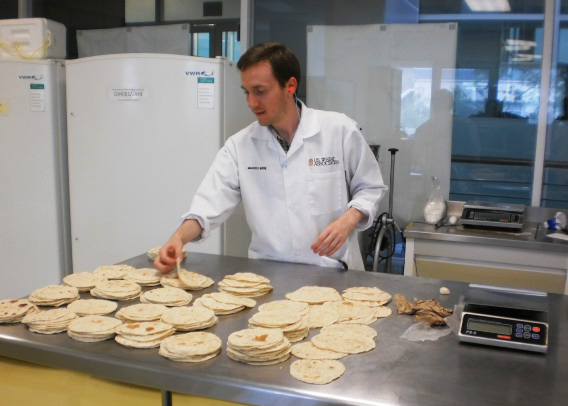
Technical Specialist Marcelo Mitre earned a master’s degree with a thesis on improving tortilla nutrition. He continues to promote flour tortilla nutrition and quality improvement using U.S. wheat.
Post-graduate experience in commercial food research and development and technical sales continued Marcelo’s path toward his responsibilities at USW. At Sage V foods in Texas, he developed rice products. At Illinois-based Continental Custom Ingredients, Inc., Marcelo represented the company’s stabilizers, emulsifiers, and ingredient systems with Latin American food customers. He eventually opened a laboratory in Mexico City for that company, later acquired by Tate and Lyle.
“I liked the combination of R&D and sales a lot,” Marcelo said. “I am a very hands-on person, and technical sales gave me the opportunity to interact with the clients and understand their needs. I also liked being in the laboratory using what I learned from the clients to help develop solutions for them.”
The Right Fit for USW
In 2009, Marcelo returned to the United States to work at a cooking fats and oils company in Miami, Fla. At the same time, USW Regional Vice President Mitch Skalicky was searching for the right individual who could serve in a wide-ranging technical position.
“All the candidates I had interviewed were either not qualified or did not fit the profile we needed,” Skalicky said. “I asked a contact at ITESM to let us know if they had a potential candidate. Not long after, Dr. Serna made the connection that brought Marcelo to USW. In Marcelo, we saw a highly intelligent person, having graduated from one of the top universities in Latin America, with a very strong background in engineering, technology, and food science.”
Several things about the job with USW attracted me,” Marcelo said. “It was a chance to continue doing hands-on work across the very active flour and wheat foods industry based in Mexico City but still traveling throughout the region and internationally. Mitch and others explained that this was a not-for-profit organization representing U.S. wheat farmers with a very low turnover of people. That told me this would be a nice work environment.”
Based on customer needs and the annual regional activities plan, Marcelo is responsible for activities that range from helping flour mills blend flour from different U.S. wheat classes to improve product quality and reduce costs, to conducting cookie and bread baking seminars for food processors, alone or with consultants, to pasta production courses across the region.
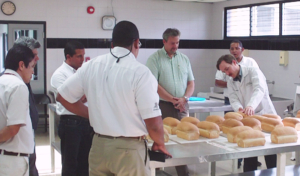
Baking instruction and quality evaluation with customers in Mexico, Central America, Venezuela, and the Caribbean is a crucial part of Mitre’s work.
“Marcelo represents the very positive and strategic support we get from U.S. Wheat Associates,” said an executive with a large flour milling company in Honduras. “We know we can count on him to guide us or give us suggestions on how to address a challenge, and we bring him to visit our clients to find ways to improve their processes or products.”
Another regional flour milling executive said Marcelo is a very important link to information about U.S. wheat quality and processing.
A baking company manager in Guatemala also testifies to Marcelo’s technical baking knowledge and how he applies it in workshops to demonstrate the benefits of U.S. wheat flour. The manager added: “I can attest that Marcelo is a responsible person who is committed to his work, is very organized, and has excellent people skills.”
A Balanced Approach
Marcelo said long-distance running, which was something he started in high school “to lose weight,” taught him to balance work, social life, sleep, and training for five marathon races, running four of them in less than three hours!
“There are no excuses if you fail to do one of the four,” he said, “because you will be the only one affected. You become very organized in your life because every minute counts in your schedule.”
“Marcelo has shown an exceptional work ethic combined with the ability to learn quickly, adapt to a diverse set of circumstances and respond in a very flexible way to any challenge,” Skalicky said. “He has the interpersonal skills to work with both management as well as production and quality control staff.”
“It is a pleasure to work with U.S. Wheat Associates, and for the U.S. farmers we represent,” Marcelo said. “The people in all our offices are very friendly, and you can contact anyone, anywhere, about any question, and they will share information without hesitation. Most important,” he added, “our work is focused on giving our customers freely, without obligation, the information and skills they need to improve their products and businesses. And we feel very good about being able to do that!”
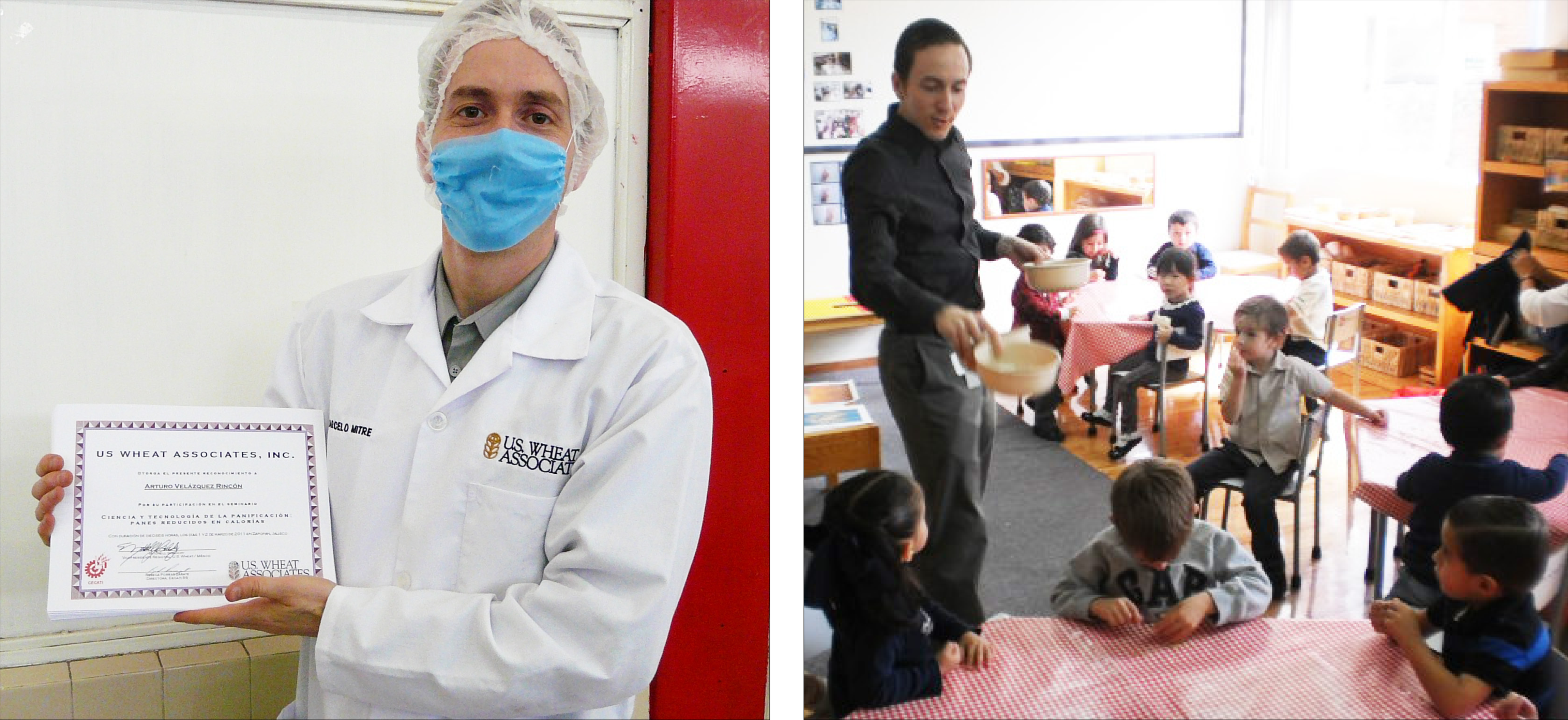
Mitre’s work and enthusiasm takes him all over the region, working with various customers and groups.
By Steve Mercer, USW Vice President of Communications
Editor’s Note: This is the third in a series of posts profiling U.S. Wheat Associates (USW) technical experts in flour milling and wheat foods production. USW Vice President of Global Technical Services Mark Fowler says technical support to overseas customers is an essential part of export market development for U.S. wheat. “Technical support adds differential value to the reliable supply of U.S. wheat,” Fowler says. “Our customers must constantly improve their products in an increasingly competitive environment. We can help them compete by demonstrating the advantages of using the right U.S. wheat class or blend of classes to produce the wide variety of wheat-based foods the world’s consumers demand.”
Meet the other USW Technical Experts in this blog series:
Ting Liu – Opening Doors in a Naturally Winning Way
Shin Hak “David” Oh – Expertise Fermented in Korean Food Culture
Tarik Gahi – ‘For a Piece of Bread, Son’
Gerry Mendoza – Born to Teach and Share His Love for Baking
Peter Lloyd – International Man of Milling
Ivan Goh – An Energetic Individual Born to the Food Industry
Adrian Redondo – Inspired to Help by Hard Work and a Hero
Andrés Saturno – A Family Legacy of Milling Innovation
Wei-lin Chou – Finding Harmony in the Wheat Industry

